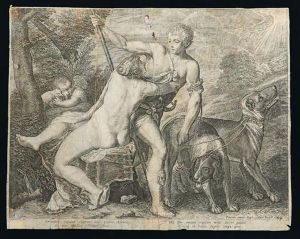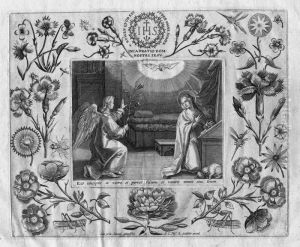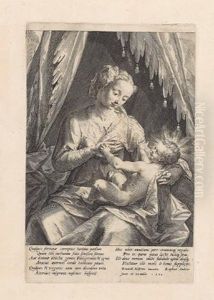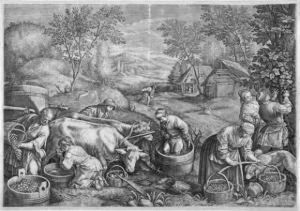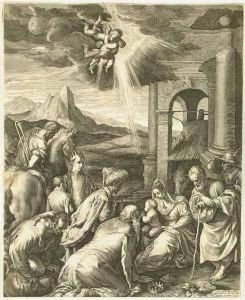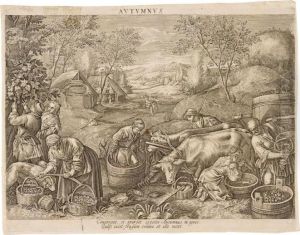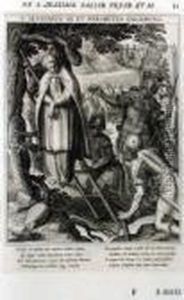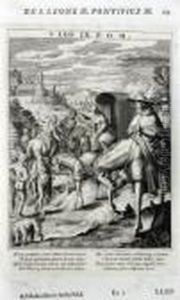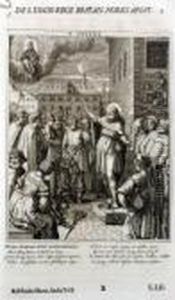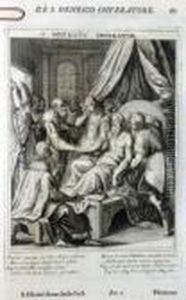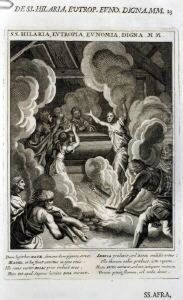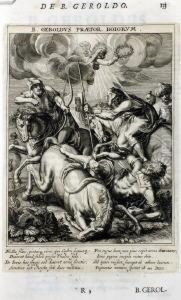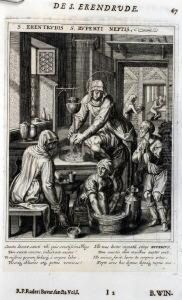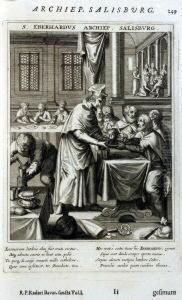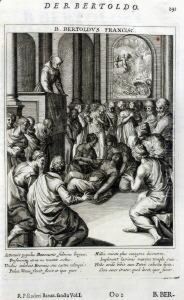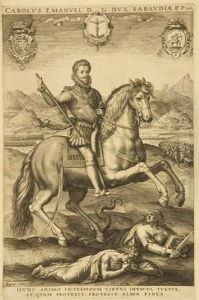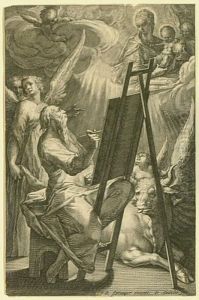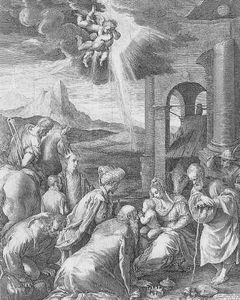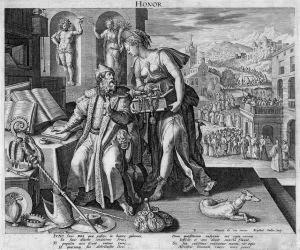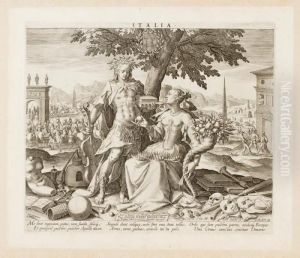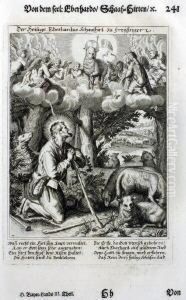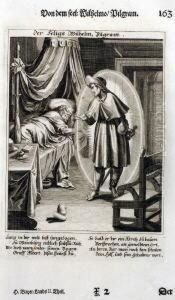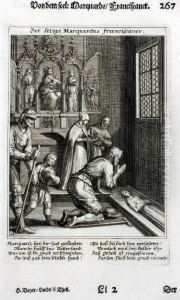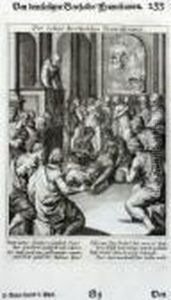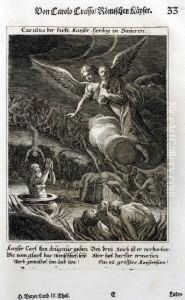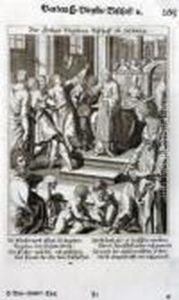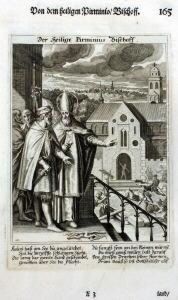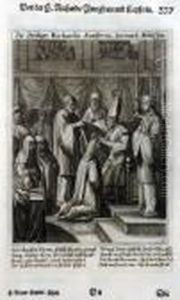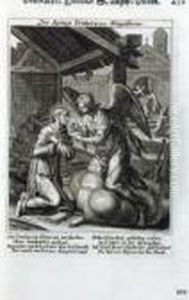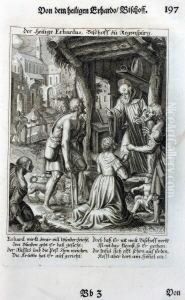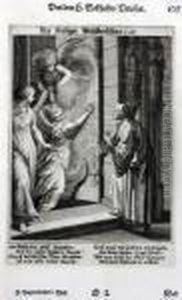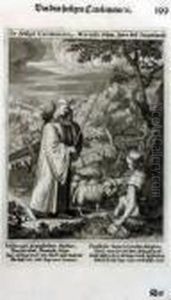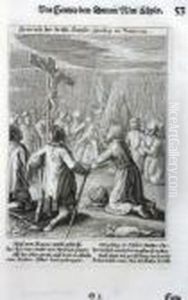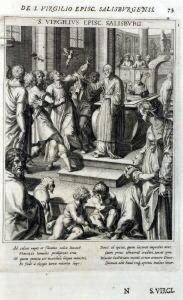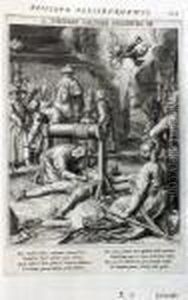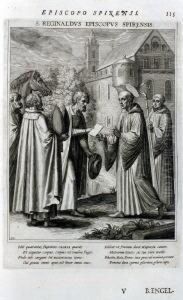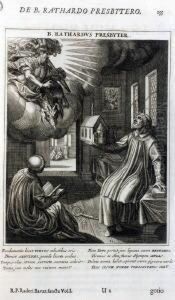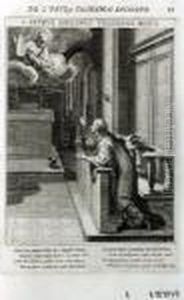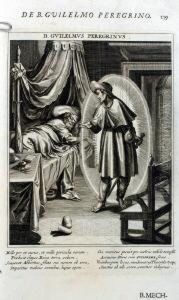Raphael I Sadeler Paintings
Raphael I Sadeler was a notable Flemish engraver of the Sadeler family, a renowned dynasty of printmakers active during the late 16th and early 17th centuries. Born in Antwerp between 1560 and 1561, Raphael was part of a large family of artists and engravers; his father, Jan Sadeler I, and uncles, Aegidius Sadeler and Raphael Sadeler I, were all accomplished in the field of engraving.
Raphael I Sadeler is often distinguished from his uncle, who shares the same name, by the designation 'Raphael Sadeler II' in some art historical references. The Sadeler family dispersed across Europe, with members establishing themselves in cities like Munich, Venice, and Prague, where they served various courts and worked with prominent artists of the time.
Raphael I Sadeler's career is marked by his collaboration with leading artists of his era, such as Bartholomeus Spranger and Hans von Aachen, whose works he engraved, thus contributing to the dissemination of Mannerist style throughout Europe. His engravings often depicted religious scenes, portraits, and allegorical subjects, reflecting the artistic tastes and cultural themes of the period.
Around 1588, Raphael moved to Munich, where he became court engraver to the Bavarian Duke William V. During his time in Munich, he produced a significant body of work, which included a series of engravings based on the paintings of Spranger, a court painter to Emperor Rudolf II. These engravings were instrumental in spreading the Mannerist style, characterized by elongated figures and complex compositions, beyond the confines of the Habsburg court.
Raphael I Sadeler's works are characterized by their intricate detail and technical proficiency. His engravings were highly regarded and collected by art connoisseurs of the time, contributing to his fame and success as an artist.
The exact date of Raphael I Sadeler's death is uncertain, with some sources suggesting 1628 and others extending it to 1632. Despite the ambiguity surrounding his death, his legacy endures through his contributions to the art of engraving and the role he played in the Sadeler family's artistic dynasty.
